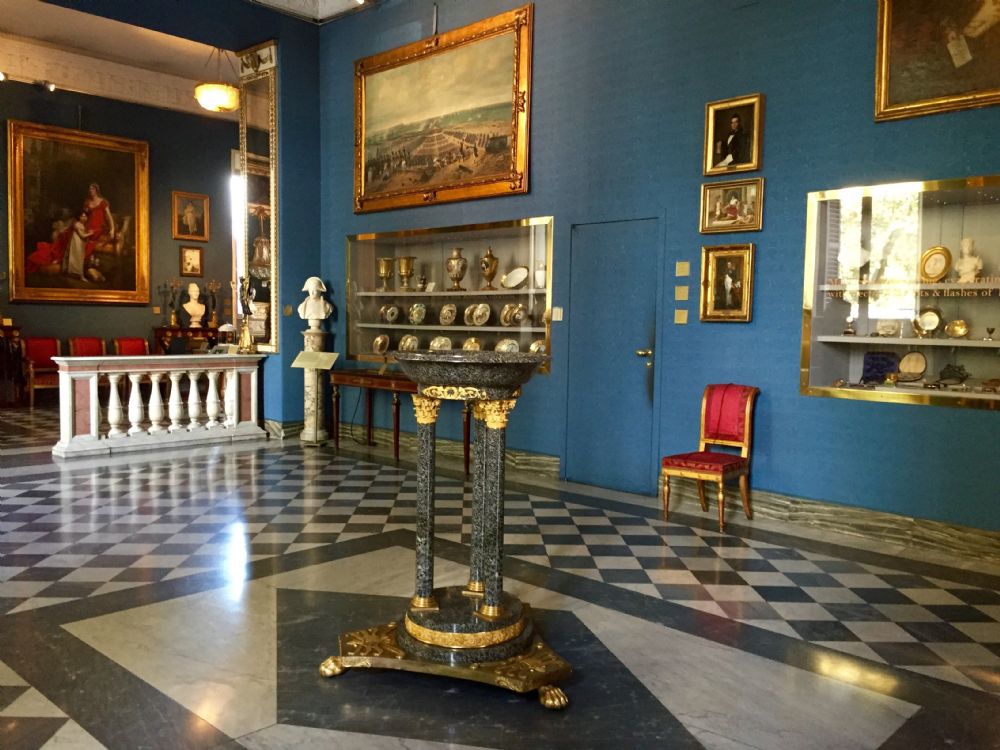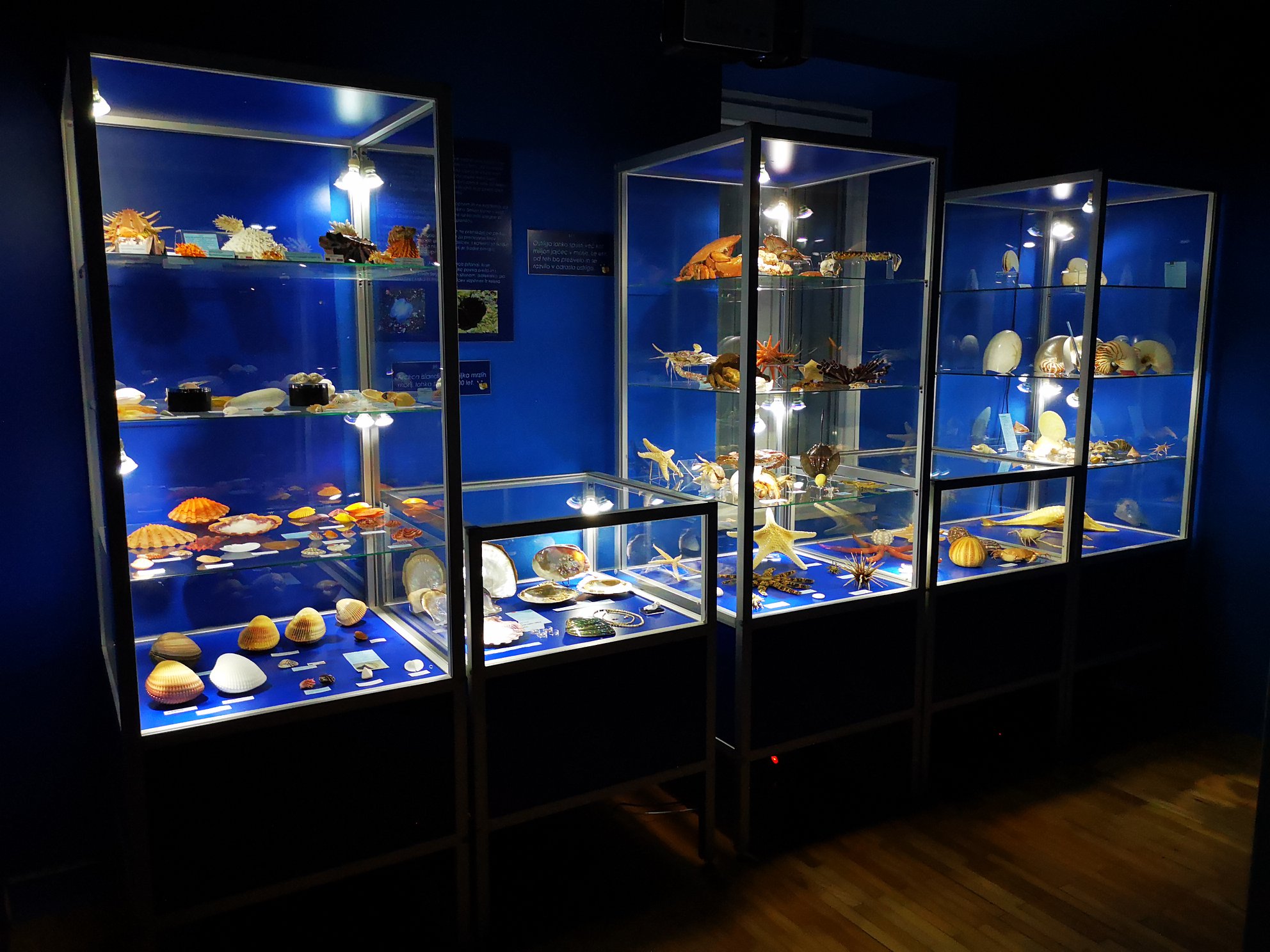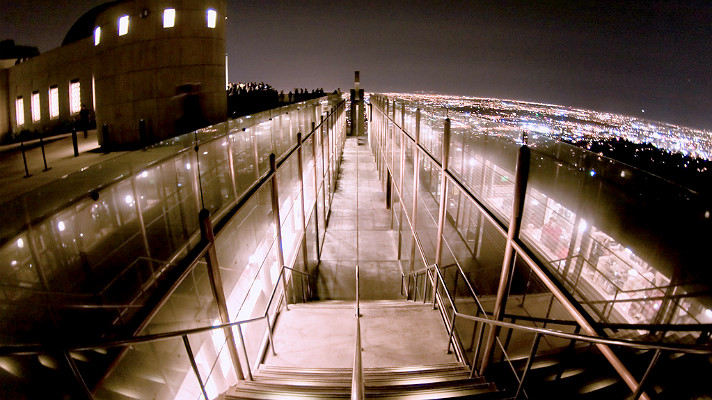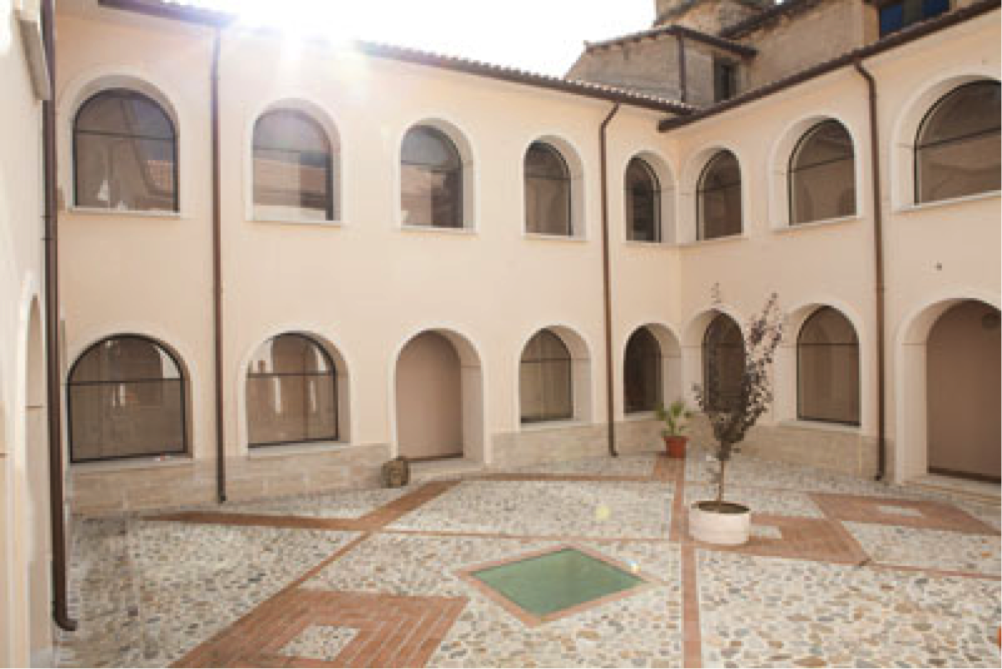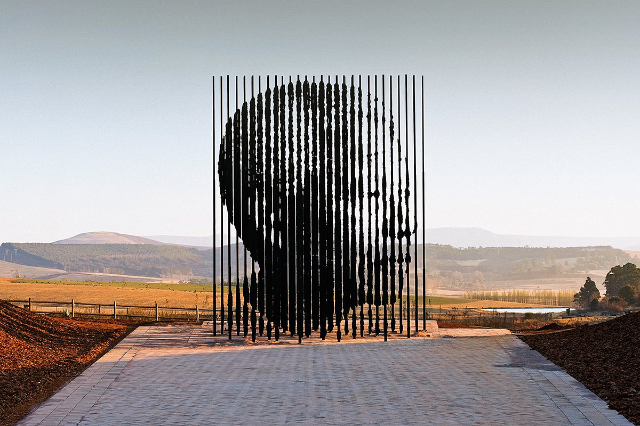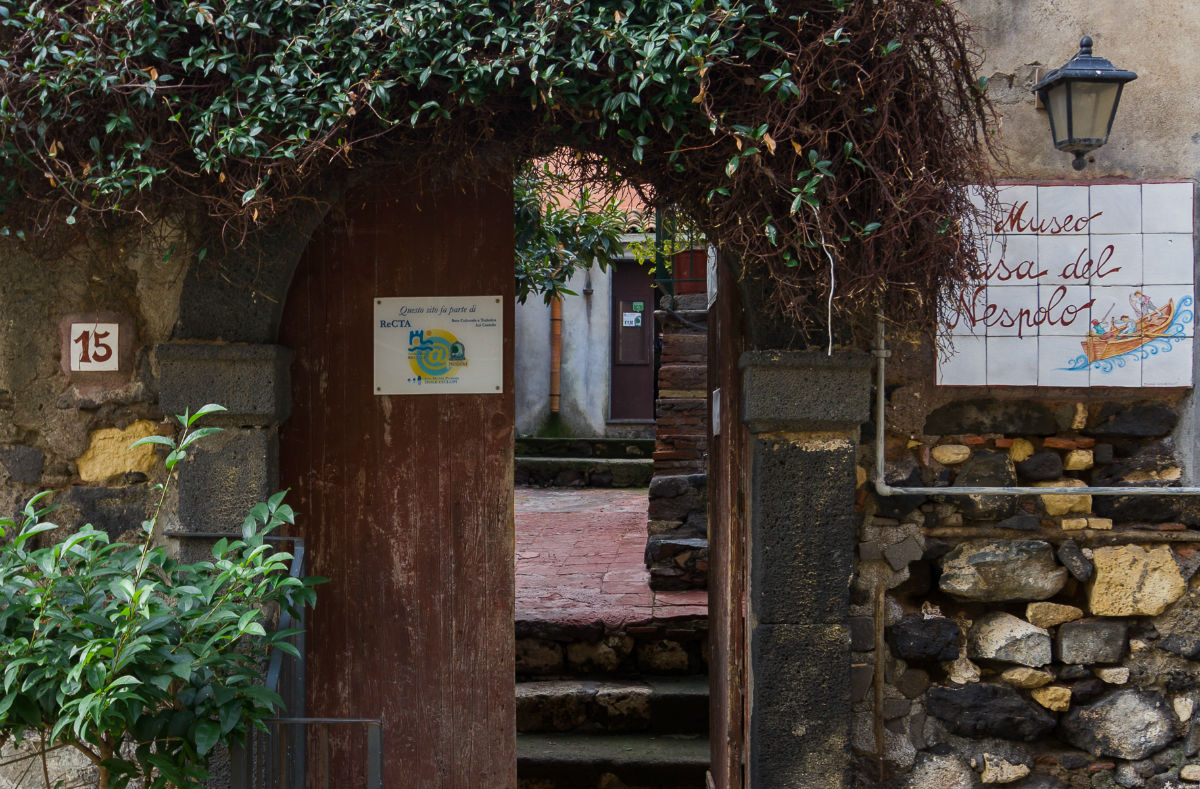The Napoleonic Museum of Rome is a historical museum dedicated to Napoleonic relics, mainly from the collection of Count Giuseppe Primoli, donated to the city of Rome in 1927.
The museum’s collections are divided into three distinct sections:
* the Napoleonic period proper, as witnessed by large canvases and busts of the greatest artists of the time, portraying numerous exponents of the imperial family in courtly and conventional poses;
* the so-called Roman" period;, from the fall of Napoleon I to the rise of Napoleon III;
* the period of the Second Empire, with paintings, sculptures, engravings, furniture, objects, all referable to the period.
The current layout of the museum, which is the result of recent restoration work on the rooms, reflects the general guidelines left by Giuseppe Primoli. In some of the rooms the eighteenth-century ceilings with painted beams are preserved, while the friezes running along the walls of rooms VIII, IX, X date back to the first decades of the nineteenth century, when the palace had already passed into the ownership of the Primoli family. The friezes in the third and fifth rooms, as indicated by the " the rampant lion " the Primoli and " the eagle " the Bonaparte, are subsequent to the marriage of Pietro Primoli to Carlotta Bonaparte.
